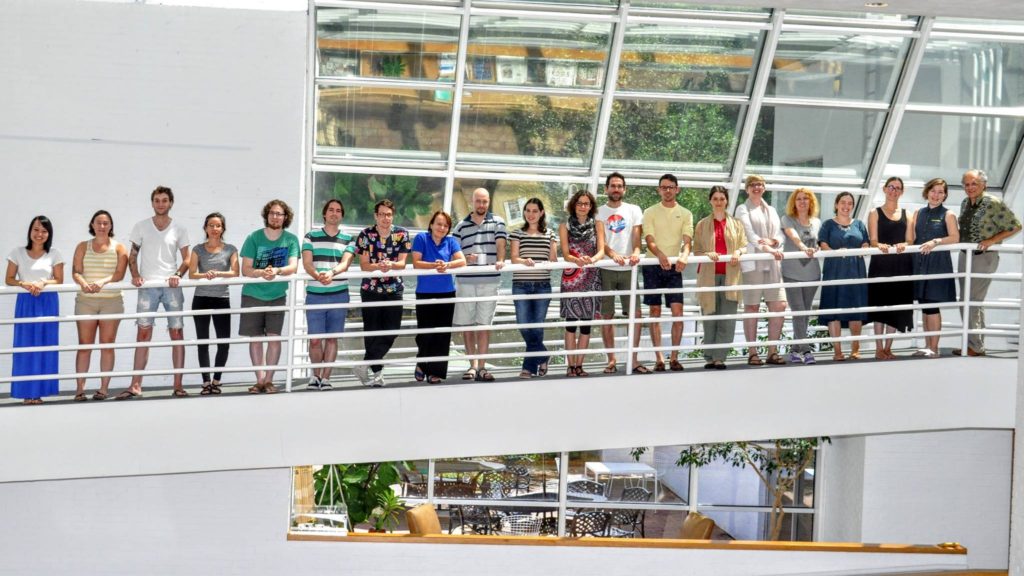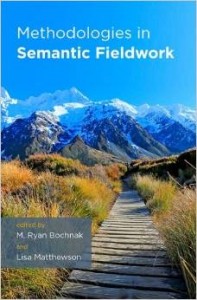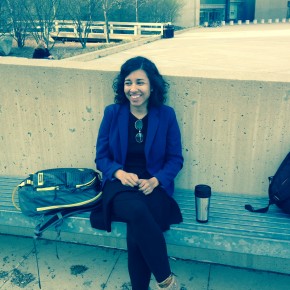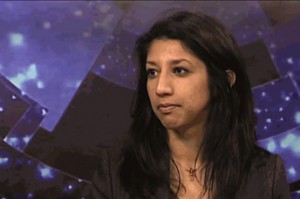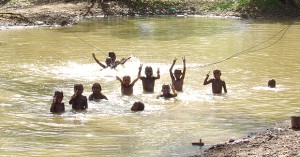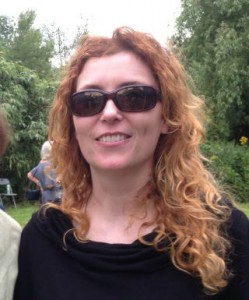Andrew McKenzie (University of Kansas) has been awarded a 3-year NSF (National Science Foundation) grant for “Investigations in the Semantics of Kiowa, a Native American Language of Oklahoma.” The grant description explains how research in semantics can have a big impact on Native American communities. Andrew McKenzie is a linguist specializing in formal semantics and linguistic fieldwork, with a focus on Native American languages, especially Kiowa.
From the grant description published by the NSF: “Led by a linguist who is also a tribal member, this project will conduct an in-depth investigation into Kiowa semantics. Semantics forms a crucial component of language, but linguists have not thoroughly documented any language’s semantics with depth and precision, because the theoretical framework to do so was only recently developed. This project will apply this framework of language documentation, in order to uncover the semantics of phenomena crucial to the Kiowa language. The investigators will elicit language judgments from native speakers of the language, which can tease apart subtle aspects of meaning that are often impossible for speakers to define with words. The project will also record and examine new texts that document naturalistic language use, especially in cultural domains under-represented by currently available Kiowa texts. Kiowa grammar includes multiple areas of interest to formal semantics, such as evidentiality, modality, incorporation, quantification, and degree, all of which are also important areas for learners to acquire. This project will result in a reference grammar and teaching materials that will greatly aid these programs by covering the areas in semantics that remain poorly understood by teachers and researchers. This reference grammar will also serve as a manual for researchers of other Native American languages, especially those who are not trained in this research framework. This study will offer new insight for researchers on dozens of phenomena that occur in many languages besides Kiowa. In doing so, it will re-emphasize the longstanding contribution of Native American languages to linguistics, a scientific understanding of what is possible in human language, and thus a deeper understanding of what is possible in the human mind.”


